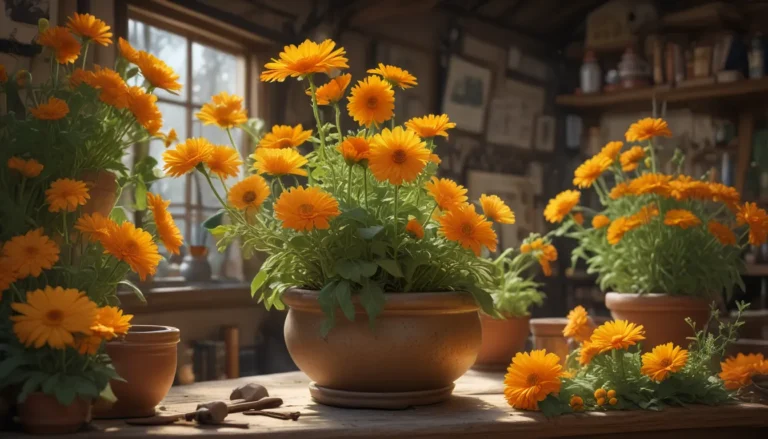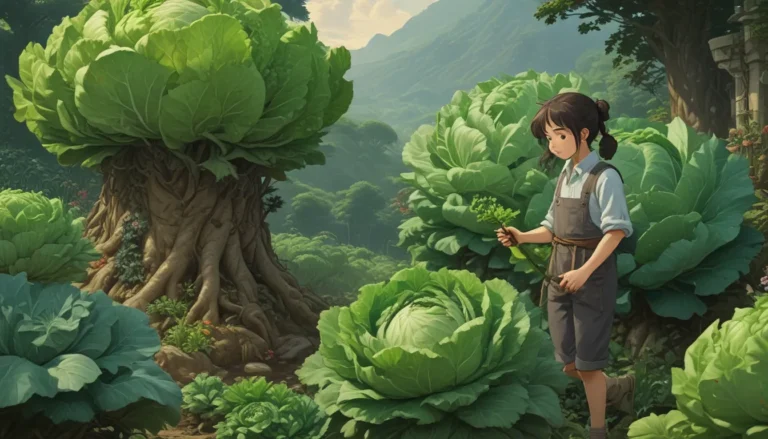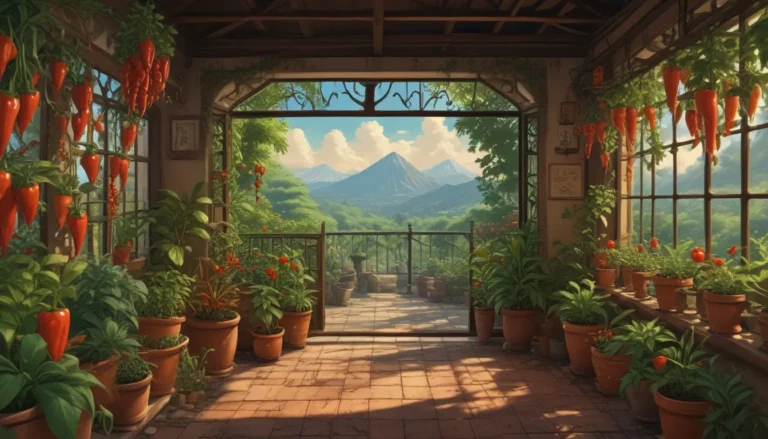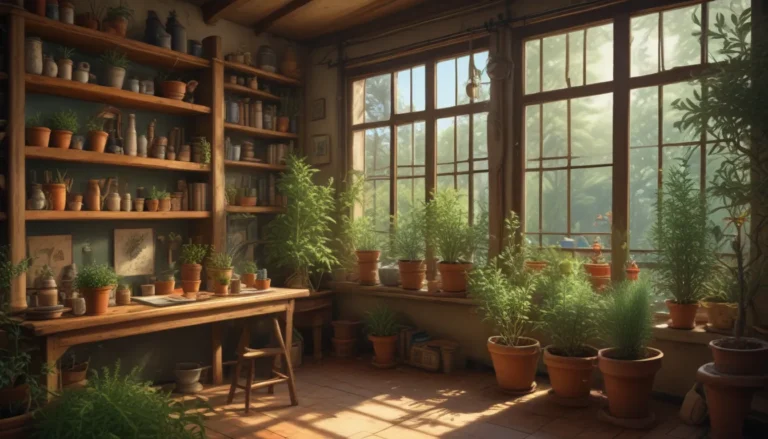Your Ultimate Guide to Growing Cape Marigolds: A Taste of South Africa in Your Backyard

If you are looking to add a touch of sunny South Africa to your outdoor living space, look no further than the cape marigold. Dimorphotheca sinuata, a self-seeding daisy-like annual in the aster family, is a delightful addition to any garden.
Cultivation and History
Originating from Namibia and Cape Province, South Africa, the cape marigold boasts a diverse color palette ranging from apricot and orange to salmon, white, and yellow, often with stunning purple accents. Its mature dimensions typically reach four to 12 inches in height and width, with upright growth and upturned flowers.
Once introduced to Arizona in the 1940s, this flower has naturalized in various regions, from Arizona to California and Oregon. Please note that while this plant is a charming addition to any garden, it has the potential to become invasive, especially in frost-free zones.
Propagation
Growing cape marigolds from seeds is a straightforward process. You can sow seeds directly into the ground in frost-free climates or start them indoors about eight weeks before the last spring frost date in cooler regions.
To kickstart the germination process, fill biodegradable seed-starter pots with a gritty cactus and succulent mix, sprinkle a few seeds onto the moist medium, and place them in a sunny spot. Once the seedlings are ready, they can be transplanted outdoors after the last spring frost date.
How to Grow
Choosing a sunny location with well-draining soil is essential for successful cape marigold growth. Avoid rich soil and overcrowding, as these can lead to legginess and sprawling. Water the plants weekly, ensuring they do not get overwatered.
Container gardening is also an option, as long as you use a moisture meter to monitor soil dryness between waterings. These plants have good drought tolerance but prefer temperatures below 80°F.
Growing Tips
- Start seeds indoors and transplant them post-frost.
- Maintain even moisture during germination and establishment.
- Grow in full sun with well-draining soil.
- Avoid rich soil and fertilizer to promote upright growth.
- Monitor plants for moisture stress in temperatures above 90°F.
Maintenance
Regular weeding and supplemental watering are necessary to keep your cape marigolds healthy. Deadheading spent blooms throughout the growing season can help curb the plant’s self-sowing tendencies and promote more flowering.
Cultivars to Select
When shopping for cape marigolds, look for specific cultivars, such as ‘Mixed Colors,’ ‘Salmon,’ and ‘White,’ to add variety to your garden.
Managing Pests and Disease
While cape marigolds are generally pest and disease resistant, keep an eye out for common issues like western flower thrips and aphids. Organic neem oil can help control pests and fungal diseases if necessary.
Best Uses
Cape marigolds are versatile plants that can be used in mass plantings, container gardens, or rock gardens. Their low-maintenance nature and vivid colors make them a popular choice for various garden settings.
Quick Reference Growing Guide
- Plant Type: Annual flower
- Flower/Foliage Color: Apricot, orange, salmon, white, yellow; sometimes purple accents/green, reddish
- Native to: Cape Province, South Africa, Namibia
- Water Needs: Low to moderate
- Hardiness (USDA Zones): 2-11
- Maintenance: Low
- Bloom Time/Season: Spring to winter
- Tolerance: Drought
- Exposure: Full sun
- Soil Type: Sandy, average to poor
- Spacing: 8-12 inches
- Soil pH: 6.5-8.4
- Height: 4-12 inches
- Spread: 4-12 inches
- Uses: Containers, ground cover, mass planting, etc.
A Taste of Africa in Your Garden
Bringing a touch of South Africa to your garden with cape marigolds is a delightful way to enjoy the beauty and charm of this flower. Whether you choose to let them roam free or confine them to containers, these plants are sure to brighten up your outdoor space.
Do you have any experience growing cape marigolds? Share your thoughts in the comments below!
For more information on growing daisies and other similar plants, check out our recommendations for painted daisies, Shasta daisies, and Gerbera daisies.





